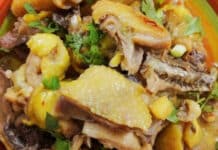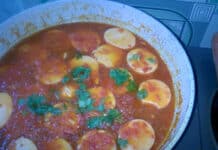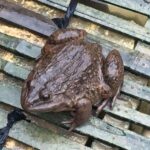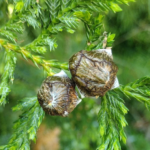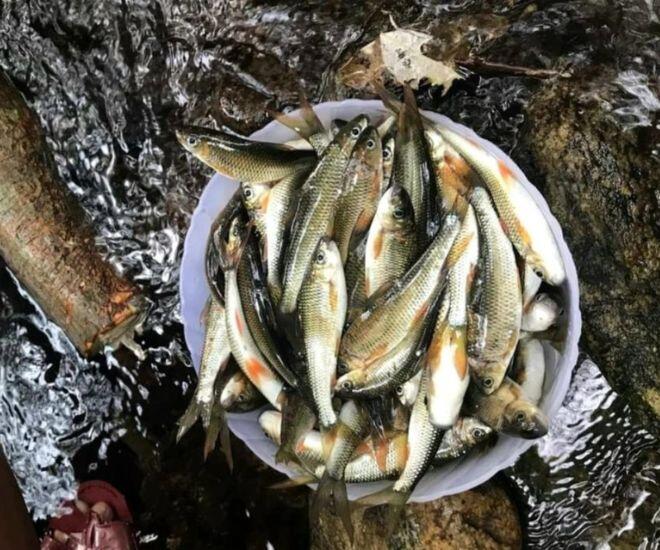
The scientific name for this unique fish is Onychostoma gerlachi, but it also goes by several local names such as cá sỉnh cao or cá niên. At first glance, it may resemble carp or mè dinh, but it is typically smaller in size. Most adult cá mát only weigh between 500 and 800 grams, with a length of two to three adult fingers.
In Vietnam, the cá mát is predominantly found in the middle and upper reaches of large rivers in the north, including the Hong River system with its tributaries: the Da, Thao, Lo, and Gam Rivers. However, the cá mát of the Giăng River in Nghe An province exhibits distinct characteristics. Its scales often have a subtle pinkish hue, and its body typically bears three to six black spots. Additionally, it tends to be smaller in size compared to its counterparts in other regions.
This fish species exhibits a schooling behavior and inhabits crevices and rocks in fast-flowing waters, with a substrate primarily composed of pebbles and clean sand. During the day, they remain hidden in the depths, only venturing out at night to feed near waterfalls. Their diet is diverse and includes insects that fall on the water surface, red worms, and especially algae that grow on rocks.
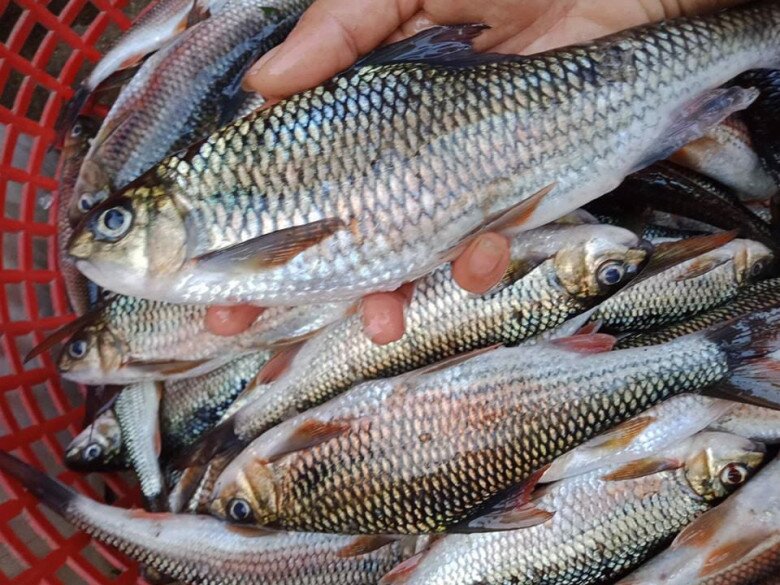
One of the most fascinating aspects of this fish’s behavior is its feeding strategy. The cá mát has a very hard and sharp lower jaw. When feeding, it swims close to the riverbed and uses its jaw to scrape algae off the rocks vigorously, leaving countless white marks. This distinctive behavior also serves as a telltale sign for locals to identify areas where cá mát are present in abundance.
The cá mát thrives in the pristine upper reaches of rivers, and its meat is firm, flavorful, low in fine bones, and highly nutritious. Consequently, it is beloved by locals and tourists alike. This versatile fish can be prepared in a variety of ways, including grilling, frying, sour soup, and salad. However, according to the locals of Nghe An, the pinnacle of cá mát cuisine is the traditional clay pot stew, which perfectly captures the essence of the mountainous region’s flavors.
The cooking method is quite special: fresh fish is cleaned and marinated with traditional spices, including freshly chopped turmeric leaves. It is then stewed in a clay pot until the meat absorbs the flavors, resulting in a thick, aromatic broth that is simply irresistible.
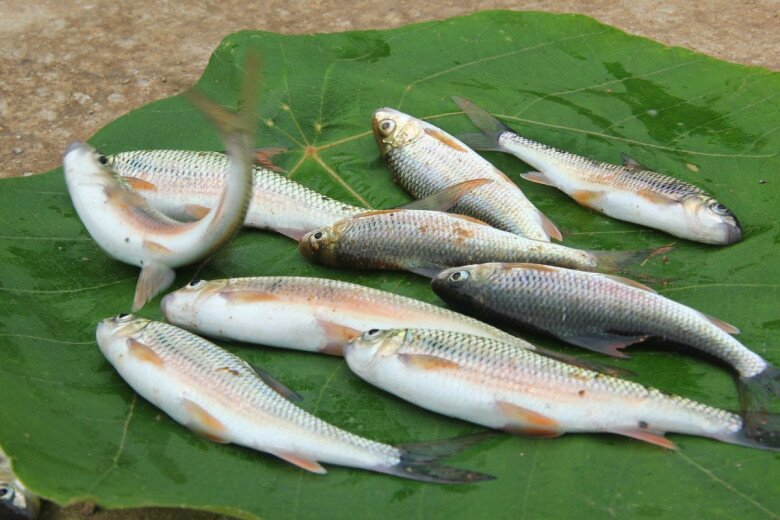
The people of western Nghe An have long relied on various methods to catch cá mát. One of the most popular techniques is called “bắt trụp,” which involves a group of people working together at dusk. One person throws stones ahead to drive the fish, while another follows and catches the fish hiding in the rocks or tree roots along the river. The catch is usually prepared immediately by grilling or making salad, resulting in a simple yet delicious meal that captures the essence of the mountainous region.
In the highlands of Nghe An, cá mát typically fetches a price of 300,000 – 400,000 VND/kg, but the supply is very limited. Unfortunately, as the commercial value of this fish has increased, so have the changes in fishing methods. While some still employ traditional, nature-friendly techniques, others have resorted to using small-mesh nets, electrofishing, or even explosives. These destructive practices not only deplete the fish population but also wreak havoc on the river ecosystem.
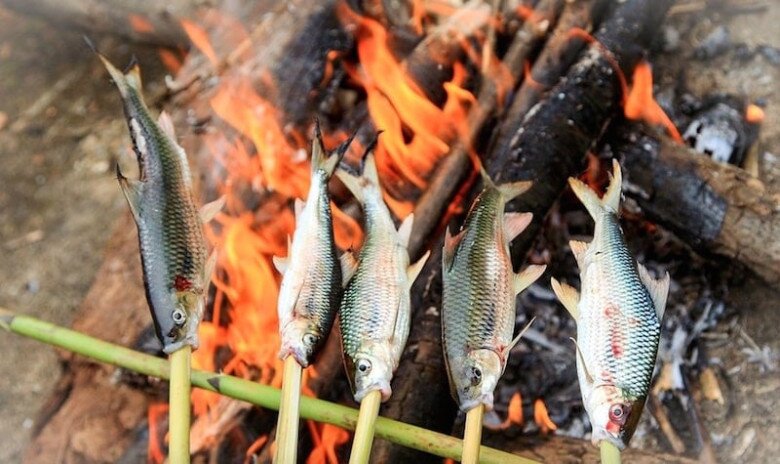
In reality, the cá mát of the Giăng River faces multiple threats. In addition to overfishing, their habitat is also shrinking due to the construction of hydropower plants. The creation of reservoirs alters natural water flows, disrupts their habitats and breeding grounds, and reduces their food sources.
Recognizing the severe decline in its population, the cá mát was included in Vietnam’s Red Book in 2007 with a “vulnerable” status. This classification underscores the urgency of implementing timely and effective conservation measures to prevent this rare fish from disappearing from the wild.
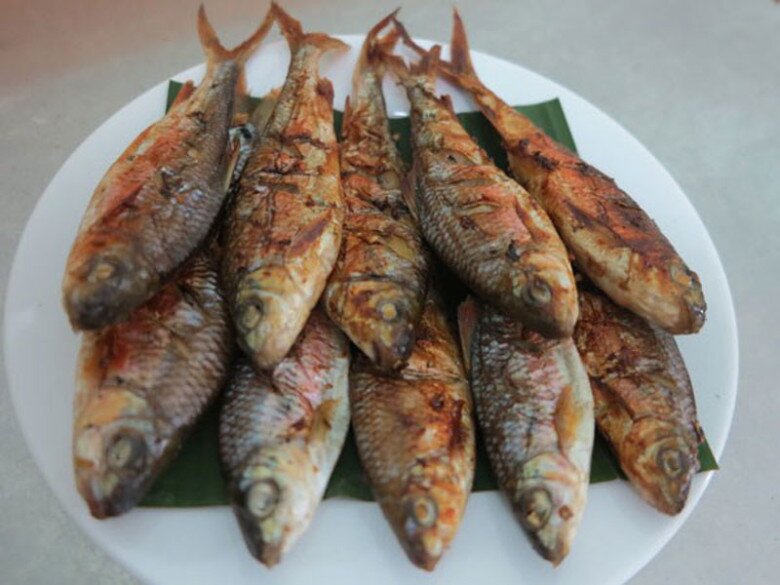
At present, attempts to cultivate cá mát have proven challenging due to their complex biology and dependence on natural environments. Therefore, the primary conservation strategy focuses on managing and limiting exploitation. Experts and authorities recommend establishing clear regulations regarding fishing seasons and allowable fish sizes, while strictly prohibiting destructive practices such as electrofishing, explosives, and chemicals. Additionally, raising community awareness about the ecological and culinary value of cá mát is crucial to enlist their support in protecting this unique species.
The cá mát of the Giăng River is a quintessential delicacy of western Nghe An, embodying the region’s nutritional, culinary, and cultural values. However, faced with the dual threats of overfishing and habitat alteration, this rare fish urgently requires protection. The collaboration between local authorities, communities, and conservation organizations will be pivotal in safeguarding the cá mát’s flavor for future generations. Preserving the cá mát is not just about conserving a fish species; it is about upholding a distinctive aspect of the cultural identity of western Nghe An.
The Gruesome Yet Heartwarming Tale of Vampire Finches: A Family Affair.
In folklore, there is a fascinating tale about a species of bird with a unique method of parenting. This bird, as the story goes, pecks at its own head to draw blood, using it to feed and nurture its young. It is a story of self-sacrifice and dedication, a testament to the power of family bonds in the animal kingdom.













